Seed Starting 101: Get Growing Now!
A complete guide to starting seedlings, from sowing to transplanting.
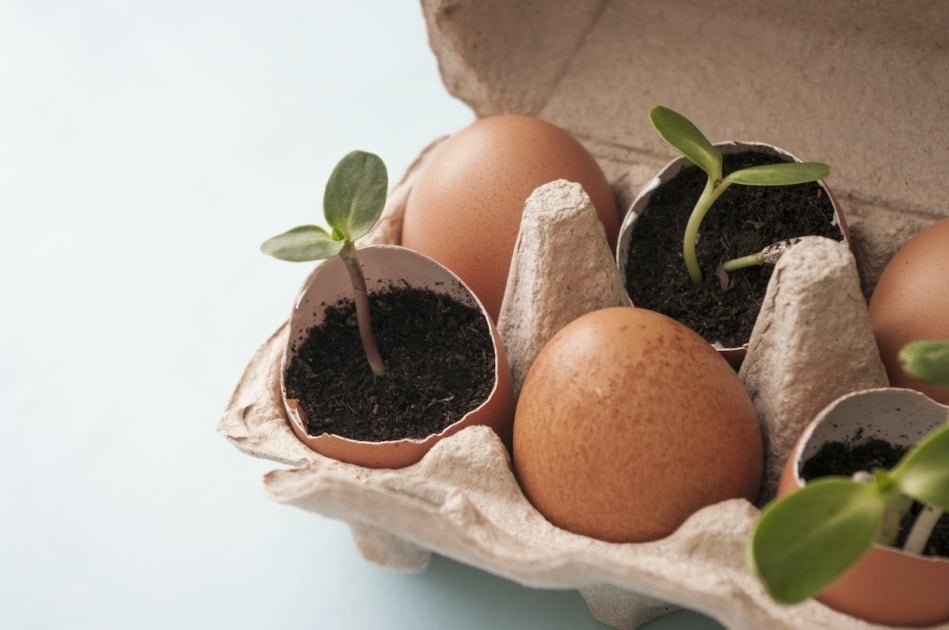
Hello, gardeners! Ready to get growing? You’ve come to the right place! Starting vegetable seeds indoors is a great way to get a jump on the season and extend your harvest. If you live in a location with a very short growing season (like we do in Maine), starting your seeds ahead of time is a must in order to have a diverse garden full of crops like tomatoes, peppers, or squash.
There are other great reasons to start your seeds a few months ahead. You’ll save money by buying seeds rather seedlings, you’ll have a wider selection of plants to grow, and you’ll give yourself a little bit more control over the germination of your plants to avoid potential climate or pest interruptions. Don’t be intimidated—seed starting is easy with these steps.
Get Started—It’s Easy
To get started you’ll want to choose the vegetables you plan to grow and purchase or gather the supplies you need. You don’t need a fancy high tunnel greenhouse or expensive supplies to start your vegetables.
Check our Planting Guides for how to grow these top 10 vegetables.
Make Sure Your Seedlings Have…
A safe, warm, dray place away from drafts and pets to put your seeds before they move to the window. A south-facing or sunny window with a large ledge or a space to put a table in front.
Potting soil that you trust. You want one that has a light, loamy texture with a blend of vermiculite. Try to avoid buying a mix that is reinforced with synthetic fertilizers if you want your plants to have an organic start.
Pots and plant trays. You can find these materials at any garden store or you can recycle materials like yogurt containers, egg shells, egg cartons, or cut-off milk cartons. You can even use toilet paper tubes! You want to make sure that your starter containers are at least 2-3 inches wide and 2-3 inches deep.
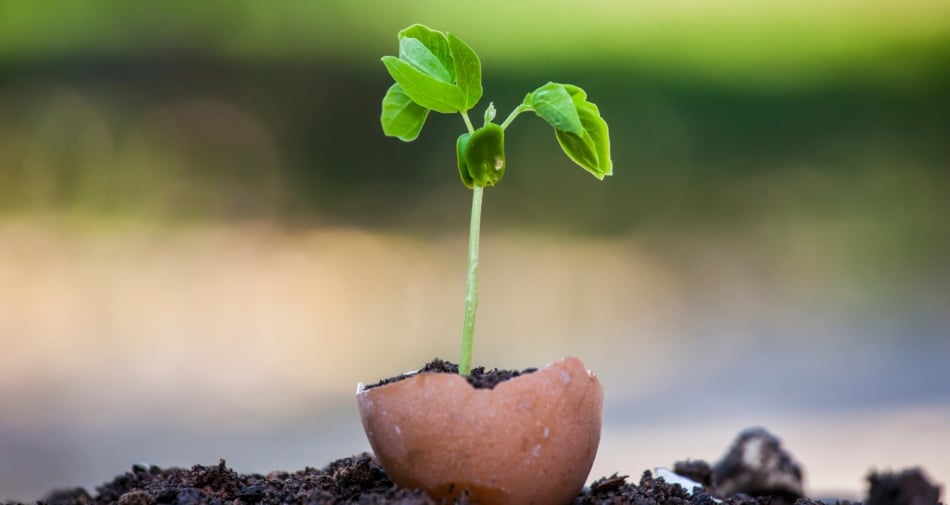
We’re going to need a bigger boat! Eventually you will need slightly larger pots to transplant your seedlings into. Some people start their seeds in trays with individual cells. You may prefer this to starting seeds in a flat and having to separate out roots later to transplant. Whatever method you use, make sure that your containers are clean (if you used them last year make sure to wash in a diluted bleach solution to get rid of disease) and have adequate drain holes.
Sticks for labeling your seedlings. Also called garden markers. You can use ice cream sticks, recycled plastic butter knives; you can even use chopsticks!
Label. You will also need a waterproof pen or pencil. Permanent marker works well.
Cover. Clear plastic kitchen bags or clear plastic food wrap.
An organic fertilizer that’s safe to use on seedlings. Fish and seashell emulsion is a good choice. It’s a little stinky when you first open it, but will do wonders for your plants.
Get Your Seeds
If you haven’t already purchased your seeds you’ll want to do that right away. Ask green-thumb friends if they have prize heirloom seeds they are willing to share, or purchase from a garden supply store or online.
Once you have your seeds, read your seed packet carefully to determine whether the variety of plant you have can handle transplanting well. Some vegetables, such as root vegetables, don’t transplant well and will need to be direct sowed—they’ll go right into your garden. Glean from the seed packet, or from our Planting Guides, the suggested planting times both indoors and outdoors for the plant variety in your region.
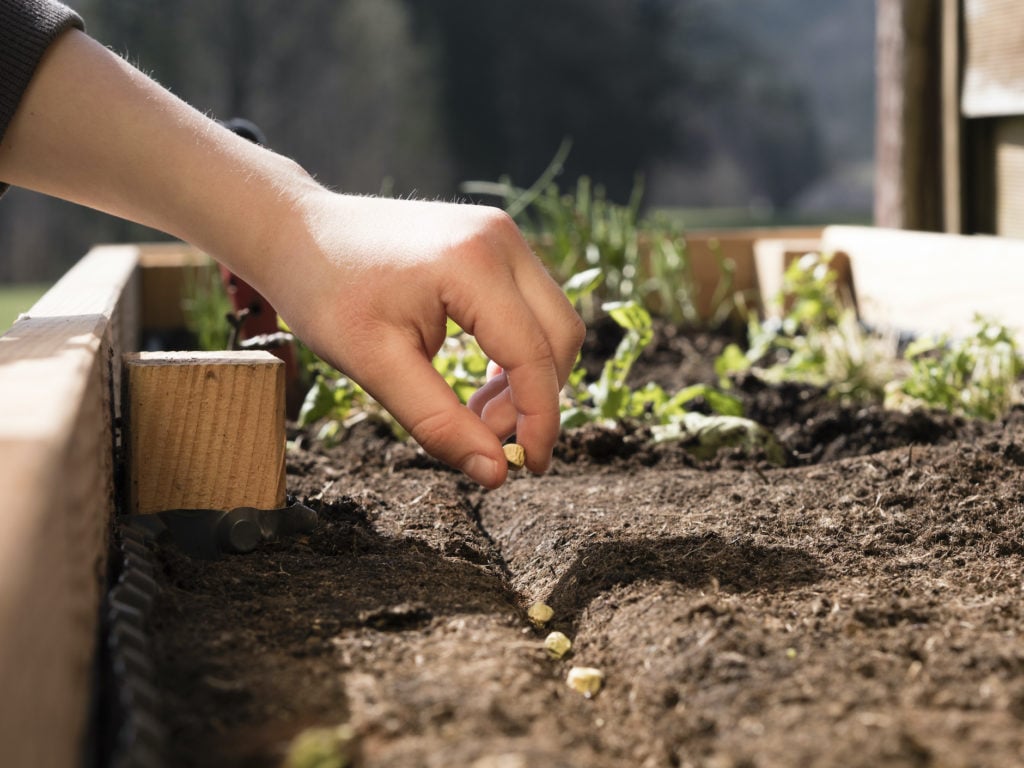
Time It Right
Time your seeding to the final frost date in your region. If you live in a cold weather climate, you can start many of your seedlings 1-2 months before the final date of frost. Remember, your warm weather crops, such as tomatoes, peppers, eggplant, squash and cucumber, can’t be put into the ground until the soil has warmed and no more danger of frost exists.
Cool-weather crops such as broccoli, cabbage, and cauliflower, can be put in even with some danger of frost. You may be able to start these plants earlier than your hot-weather crops and get them in the ground as soon as the soil is workable.
Sowing (Planting) Seeds
Once you have a place to sit your seedlings, your seed starting materials, and seeds of choice, you’re ready to begin planting.
- First, take your potting mix and moisten it evenly with plain water. You don’t want your soil to be soggy, but moist like a damp sponge.
- Next, fill your pots or tray evenly with soil. Make sure not to tamp the soil down, as you want it to remain light and fluffy in the container. You can make an indent in the soil with my finger where you plan to put the seed, or just rest it on the soil as is.
- Using dry hands, open your seed packet and drop 1-2 seeds in each cell of your tray, or in each pot. Make sure to read the seed packet be clear on whether your seeds need to be deeply or shallowly planted. A rule of thumb is to plant seeds 4 times their diameter. Tiny broccoli seeds are planted less deeply than larger cucumber seeds.
- If you are using a tray without individual cells, make sure to sow the seeds 1-2 inches apart in the tray to help give them proper growing space.
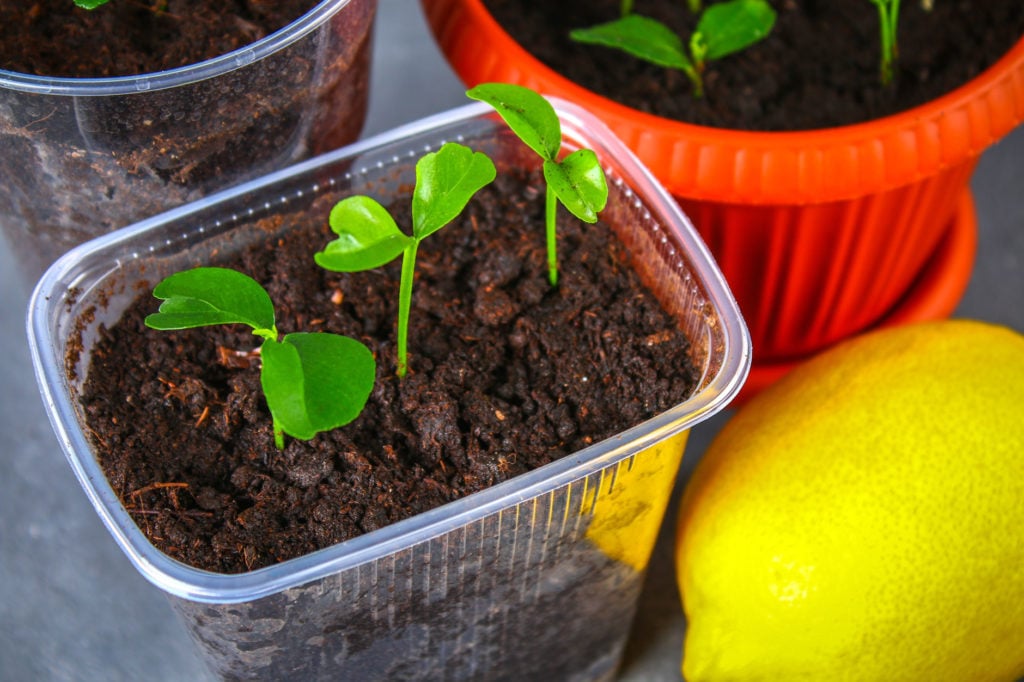
5. Once your seeds are in your container, sprinkle more soil on top, enough to cover the seeds.
6. Next, you will want to label your ice cream sticks or plastic butter knives with the variety of vegetable, and date planted, and place them in the appropriate container. You can use other labeling systems as long as you can keep track of what was planted and where. If not, it will be difficult to provide your seedlings with the conditions they need once they’ve been transplanted to the garden. We love this plant marker tip!
7. Finally, put the planted container inside a clear plastic bag and tie it loosely around the container. You can also cover the tray with plastic wrap making sure the wrap stays off the soil surface. Placing the plastic around the containers keeps the temperatures warm and the soil moist so you most likely won’t need to water it again until the seedlings sprout.
Situating Your Seeds
Remember that item on the list of materials—a safe, warm, dry place away from drafts to put your seeds before they move to the window? Well it’s time to bring your flats or pots to this area and place your young fragile seedlings away from kitty claws, and curious kid hands. The reason you want to put your seeds here first is that windows are typically drafty and the direct sunlight can actually dry out your pots and flats or heat them up and increase the moisture to strongly. A good place is on top of your refrigerator or on a table in your kitchen.
Depending on your plant variety seeds can sprout anywhere from 7 days to 2 weeks. But don’t fret if they take a little longer. Despite all your best efforts, a home environment is never quite as predictable as a greenhouse and natural temperature fluctuations can slow germination.
If for some reason, your seeds don’t sprout or you get much fewer than you wanted, simply replant your container and alter the growing conditions if need be.
Hello, Little Sprout!
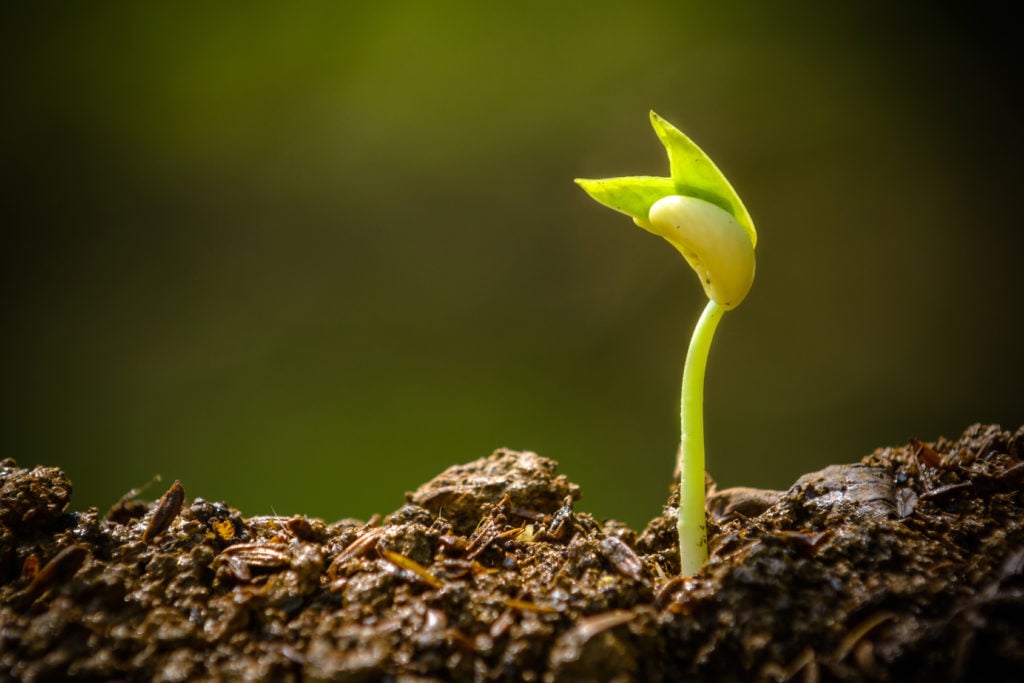
Once the seeds sprouted and have broken through the soil surface, remove the plastic and bring your containers to your window where they can receive as much sunlight as you can give them in your home. If your windows are a bit drafty place a towel along the edge to minimize the flow of air or pull your seedlings back away from the window slightly. At night, you might want to move them to a warmer place if need be. To help provide a more evenly warm environment some people purchase a heat mat. You can find these mats at garden stores. They simply hang out underneath the flat and help to keep the soil warm.
Caring for Your Seedlings
Now is the time to start caring for your little green babies. Seedling care involves watering, feeding, and temperature control.
You’ll want to check your seedling daily. Your goal is to keep the soil evenly moist, like a damp sponge as consistently as possible. You don’t want them to dry out too much but actually having them dry out a little is okay. I recommend watering with room temperature water if possible to reduce shock. When the seedlings are very small you need to pay careful attention not to drown or disturb them with a harsh water spray. An easy way to water very small seedlings is with a mister. You can also place your flat or pots in a larger container filled with a couple of inches of water and allow the water to make its way through the bottom of the pots.
Rotate and Water
Once every couple of days you will want to rotate your seedlings to ensure that they are getting even amounts of sun all sides from the window and aren’t forced to reach and lean in one direction. Two weeks after your seedlings have germinated, and when the plants are well established you can begin adding an organic liquid fertilizer to your water. A good rule of thumb is to water the seedlings once a week until they’re ready to go into the garden.
Moving On Up: The Basics of Transplanting
Like all living things that are nurtured and cared for, your seedlings will grow. At some point, they will need a more space to grow. If you’ve planted your seeds in sizable pots to begin with, you may not need to move them, however, if you have planted them first in flats they will most likely need to be moved to bigger pots at least once before being put in the ground so they don’t get rootbound and stressed. No plant likes to have its roots disturbed, but you will find your seedlings are hardy for their small size and will bounce back just fine afterward, as long as they continue to receive good care.
When They’re Ready To Transplant
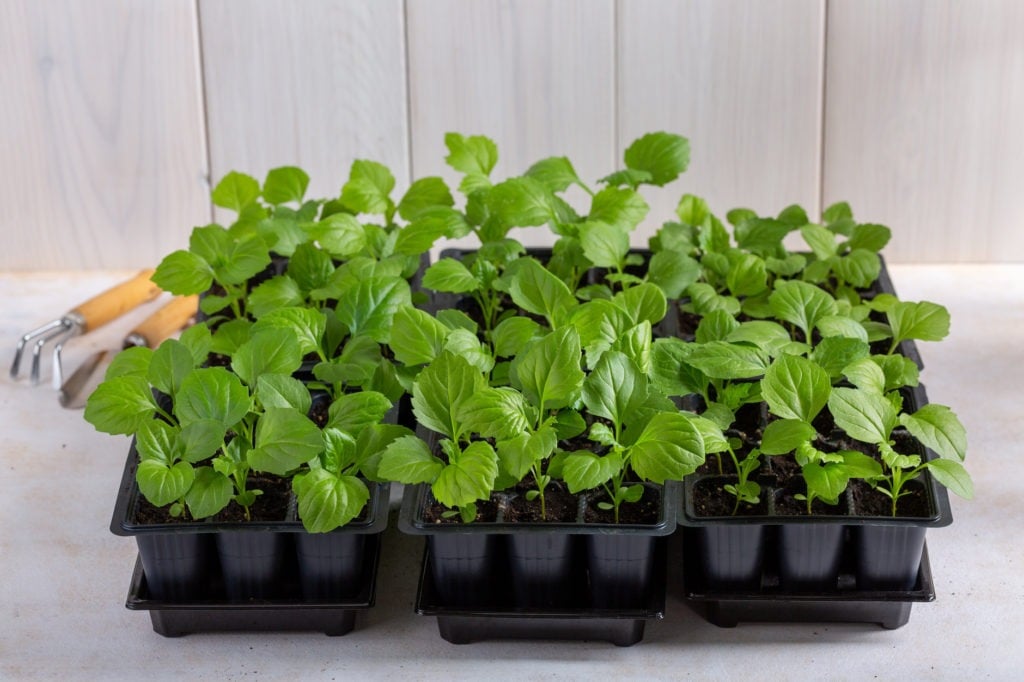
Your seedlings will be ready to transplant if and when they look too big for their floats or you can see their roots making their way out of the bottom. This process is easier to do than one would think, and can be done with only one tool: a butter knife. Simply fill the new pots halfway with soil.
Next, take your butter knife and cut around your seedling as though it were a piece of cake. The important part is to pick your seedling up by its leaves, not the stem. It may seem counter-intuitive to do this because a stem seems much stronger then the leaves. However, leaves, if damaged can recover much more easily than a damaged stem, which can inhibit the growth of the plant.
So, take your little seedling leaves in between your pointer finger and thumb, and with the knife gently guide the seedling’s root ball out of the flat and into your pot. Fill the pot the rest of the way up with soil, tamping it down very gently to help the seedling feel secure in its new home.
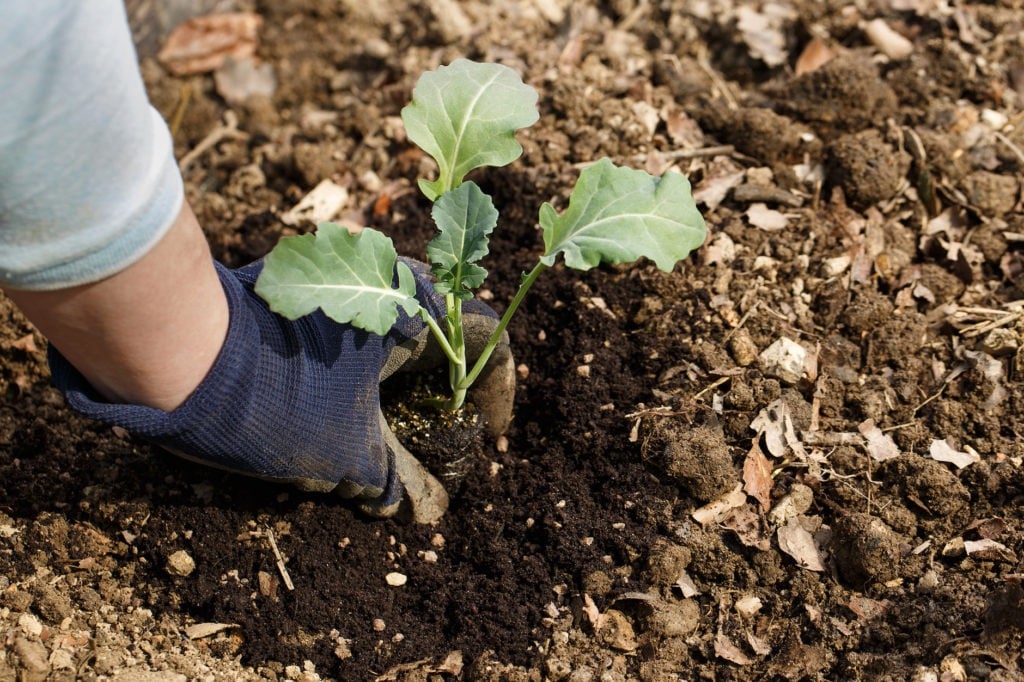
And there you have it! A newly planted seedling waiting for its next move — into the garden. Continue to water, feed, and love your seedlings and you will have started your garden off right this season.
More Helpful Links
8 Best Homemade Garden Fertilizers
Average Frost Dates
10 Easiest Fruits and Veggies To Grow In Pots
22 Ways To Combat Garden Pests
Why Do We Garden By The Moon?
Get Gardening in your Inbox
Be sure to sign up for our weekly e-newsletter to get gardening and other tips and advice in your inbox every Wednesday!
Join the Discussion
What is one of your favorite tips for seed starting? Share in the comments!
Sherie Blumenthal
Sherie Blumenthal is a Food Access Coordinator with Lots to Gardens, an urban gardening and community nutrition initiative sponsored by St. Mary’s Health System in Lewiston, Maine.

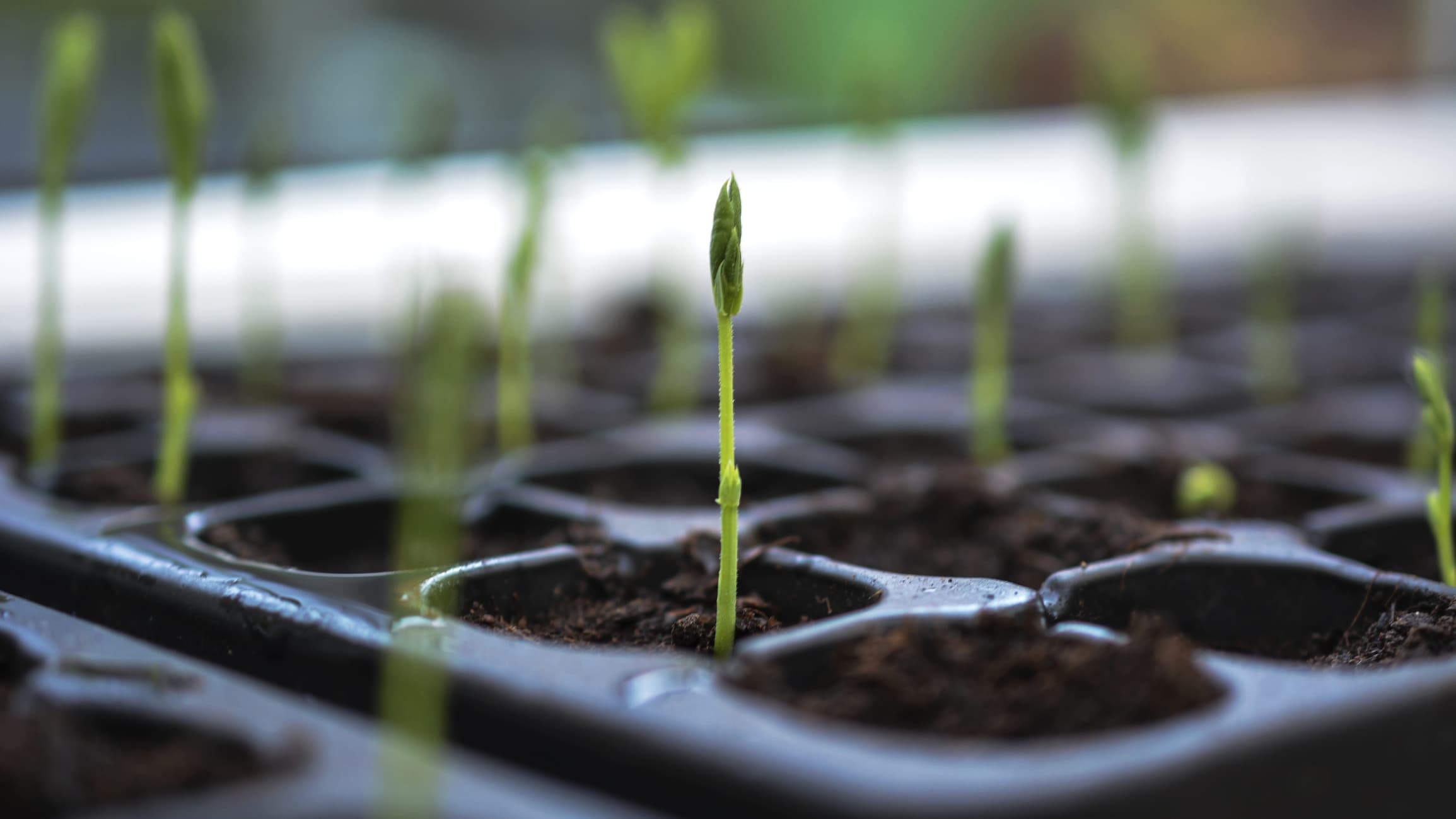
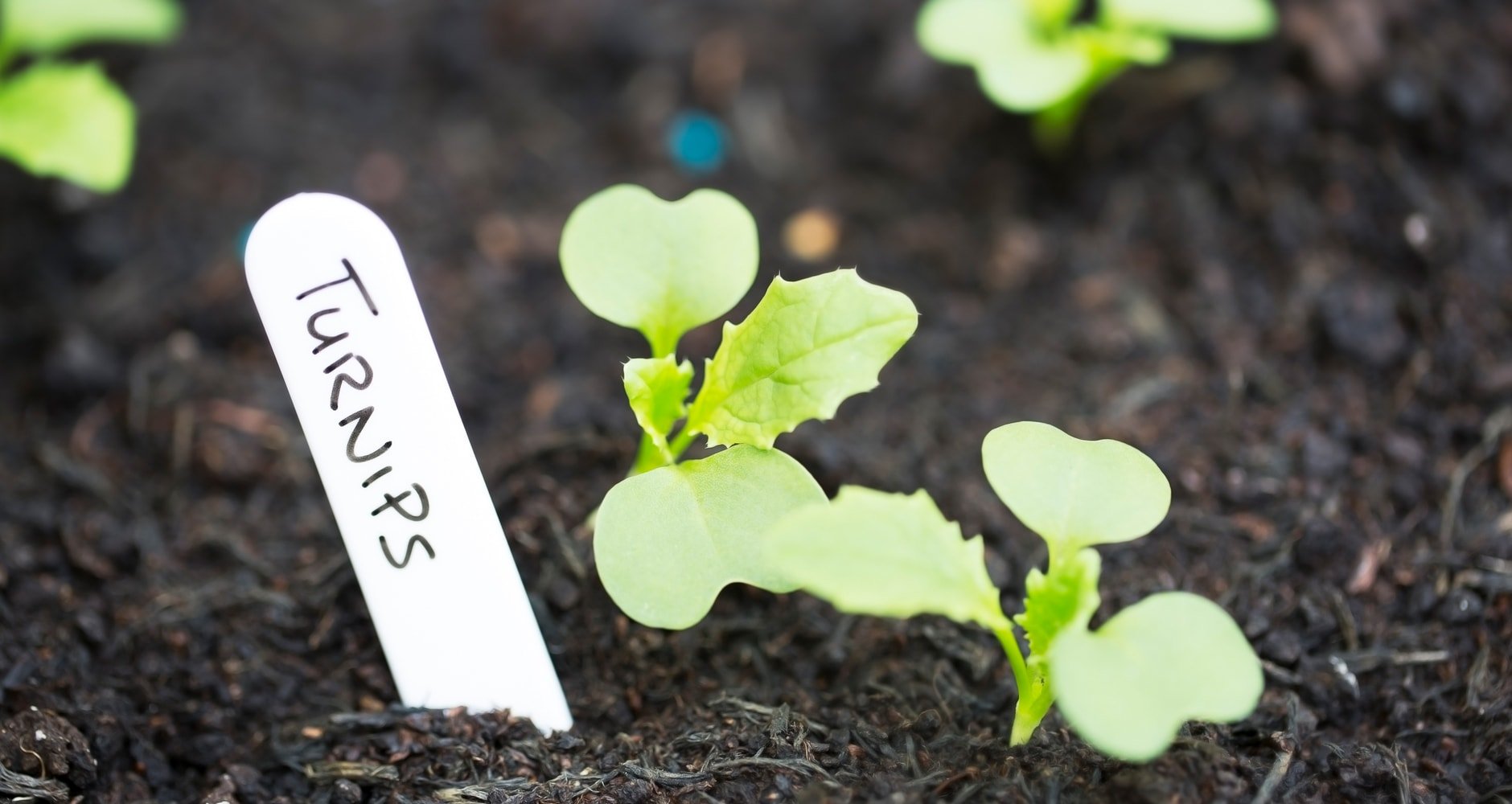
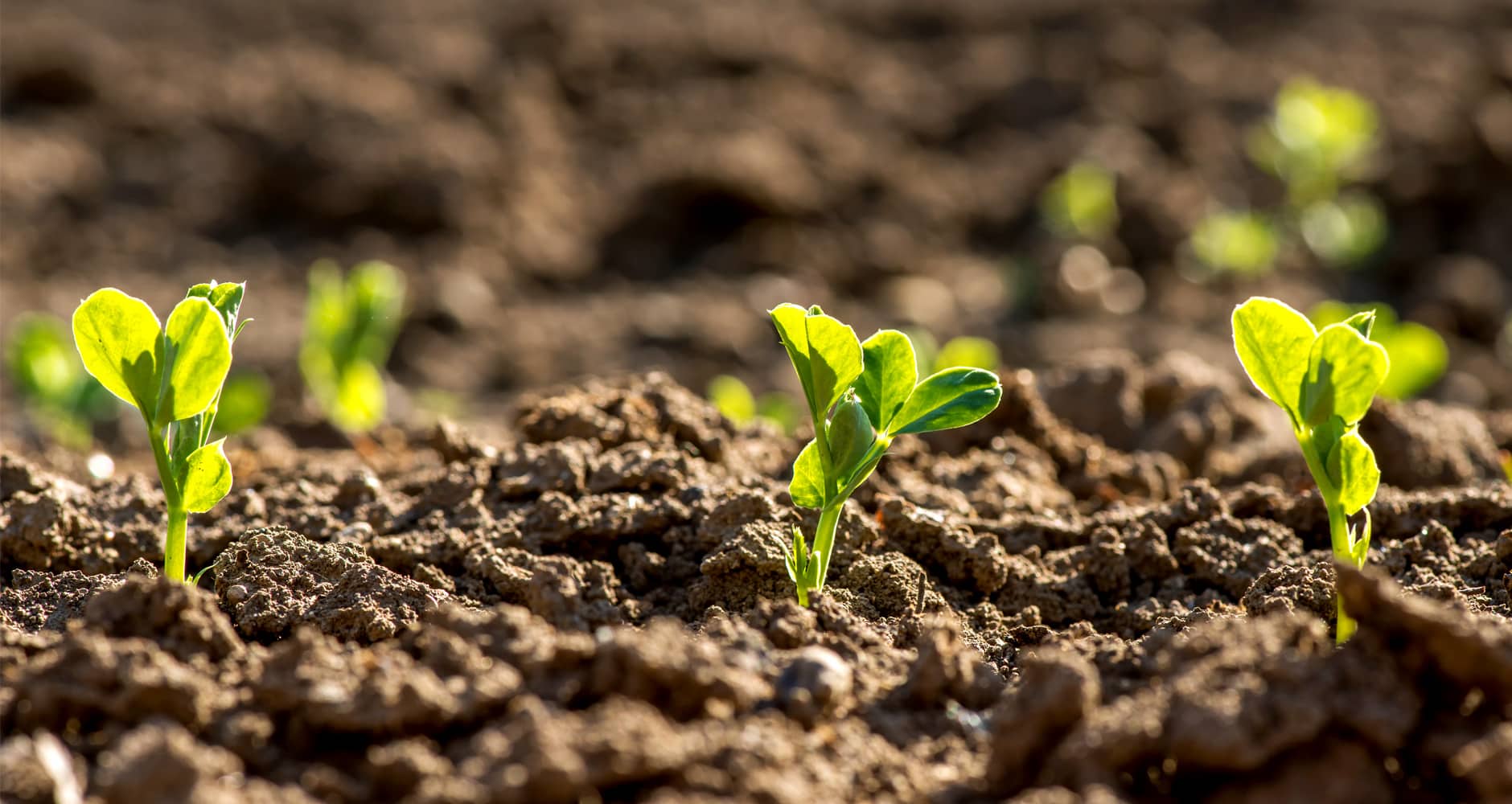

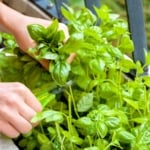
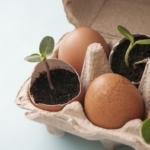
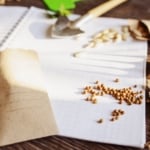
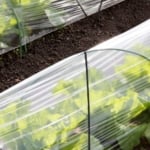
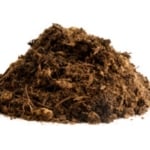
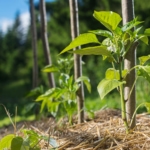
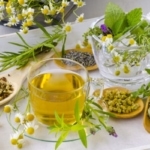
How do I stop leggie seedlings
Leggy seedlings come from the plants stretching to find light. We recommend supplementing with a grow light – that is closer to the plants. If you notice a stretch in one direction, turn them around to help build stronger stems. Other causes could be a too warm environment, inconsistent watering, and overcrowding. Best of luck!
I started some onions (3 days ago) and lettuce indoors already. Lettuce is about 2 inches tall. I’ve had brussel sprouts growing all winter indoors. I only have 1 southern facing window so I put up some wire shelves in front of it. The ground is too saturated to plant anything unless it’s in containers or planter box above ground. I used cardboard/fiberboard egg trays and cartons to start seeds in last year, easy to cut or tear apart and plant. It’s a good idea to plant tomato seeds in egg shells as they can use the calcium – especially if you grew tomatoes in the same area. Bathroom disposable cups can be used too.
I just pray for a decent garden this year, last year my organically grown garden tested for having herbicide use. I have a neighbor 2 doors down that used herbicides to kill weeds along her and my neighbor’s fence line. It caused most of my tomato, pepper and corn to die or poorly produce. Our poultry uses the garden area in the winter so we would never use chemicals that can harm or kill them. If she goes to doing it again this year, we’re letting her know what happened and ask her not to use harmful chemicals, there’s organic things available.
Oh no! We are sorry to hear that you had a rough go at the garden last year. We hope she keeps her herbicides far from your fence line – and that you have a bountiful, successful garden this year!
My seedlings always brown at the soil level, keel over & die. How can I prevent/stop that?
Hi Jeanne, are you reusing soil from previous years? Check this article to see if this is what’s going on with your seedlings.
What are the best days to start flower seeding? I live in the north central region.
Hi, some ladies at my church are doing Winter Sow Seeds Outdoors, and had great harvest of lettuce and veggies. Please give us the Tips we need and the seeds to buy in the Zone 4 (Northeast NY). They just put dirt in milk container, water, seed, close up and put outside. I just don’t know when I should transplant them.
i have never have a vegetable garden and some day i want to have one your tips helpd
After reading this article I’ve gained confidence in growing this season. We live in a very limited growing season: northern Nevada ( high desert/ mountainous) and its very hard to grow a really prosperous garden , hopefully with this knowledge the veggie garden will be good. If you have any good tips for growing in this difficult climate or soil it will be much appreciated, thanks!
I am excited to say that after reading your website, I began my vegetable garden. I have a small space to work with and so far I have seedlings. The garden includes: spinach, tomatoes,cucumbers,beets, carrots, pumpkins and watermelon. Thank You for your help. Rancho Cucamonga,California
this is my first doing my own vegetable garden. not sure exactly what needs to be done. i would appreciate any helpful hints on how i need to go about getting ready to plant my garden. thanks,
sandy
Loved it. This will be the first year that I start seedlings in the house. As I read through the instructions I wrote down a chronological list of things to do. My parents always had a Farmer’s Almanac on hand. Thanks for your free website. Cleveland Ohio.